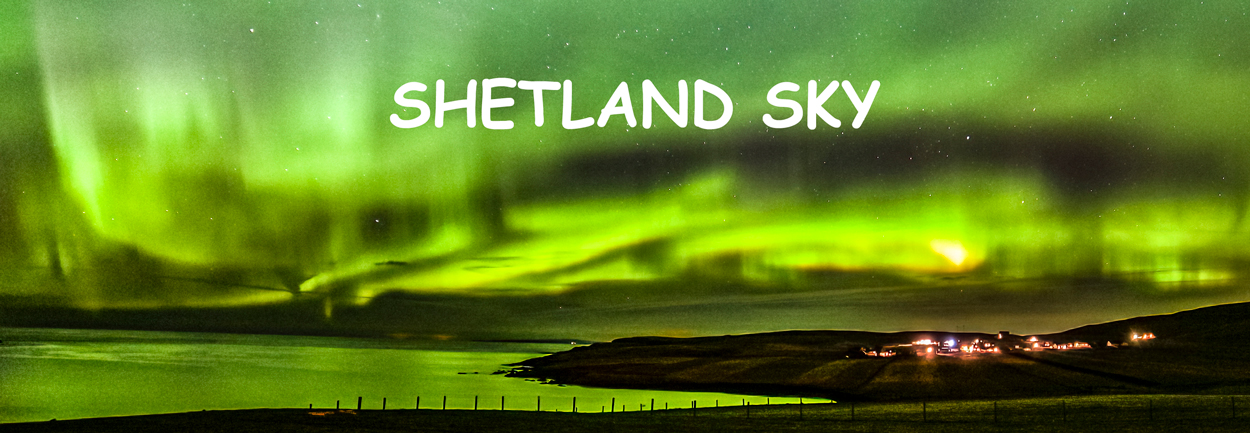New light pollution map of Europe
At least most of Shetland, apart from Lerwick, Scalloway and Sullom are reasonably dark sites. I know I keep on about this but in Sheffield light pollution is a major problem, even in the depths of the Peak District you have Manchester at one side, Sheffield at the other.
This makes it impossible to take an exposure of more than 40 seconds otherwise you can see an orange glow appear in the image. Perhaps a light pollution filter might help, or in my case make a drastic move to Shetland where this is less of a problem.
Unprocessed Photo except for noise reduction at ISO 1600
To see the Milky Way and other constellations you need to view from a dark area otherwise the light drowns out the stars. This is also the case when a full moon appears. I have been surprise that many people think that the moon is needed to provide a light in the sky to illuminate the stars, sorry but this is far from the truth.
People often say that you need to be more than 100 miles from a city to benefit, some chance in the UK. One thing to help is to shoot in RAW and then adjust the white balance after, but those shooting in jpeg should set for daylight white balance. Using an Astronomik CLS Filter will reduce the light pollution and bring back the colour of the stars. Don't forget the optimum time for photography is around 2 am when most people have turned their lights off and gone to bed.
While you are out waiting for a long exposure you need something to do, so when not some light painting
It's me !!!






No comments:
Post a Comment